
Fixer-uppers often come with the promise of converting an old property into your dream home. But not all of them are worth the investment. Hidden problems can quickly turn that bargain buy into an unending source of repairs. In this article, you’ll learn how to spot early warning signs that can save you time, money, and headaches.
Foundation Cracks

If you spot wide or zigzagging foundation cracks, it’s a serious red flag. These cracks often mean the house is shifting, leading to expensive structural issues. Over time, they can worsen and cause even more damage. Always inspect foundations closely, as ignoring this problem can result in major repairs later.
Leaky Roof
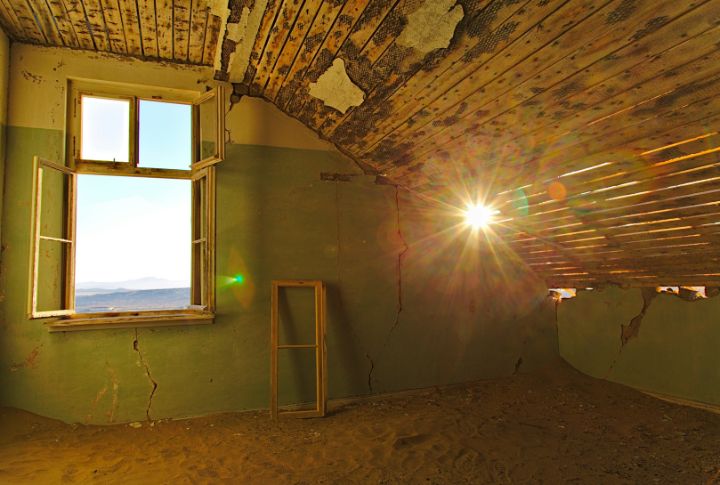
Ordinarily, a roof should shield the home from water damage, but when it’s missing shingles or damp ceilings, that tells a different story. Water sneaking in through the roof doesn’t stay there—it spreads, causing mold, rot, and more. If you take up such a home, the fix will be more expensive than you project.
Old Plumbing Systems
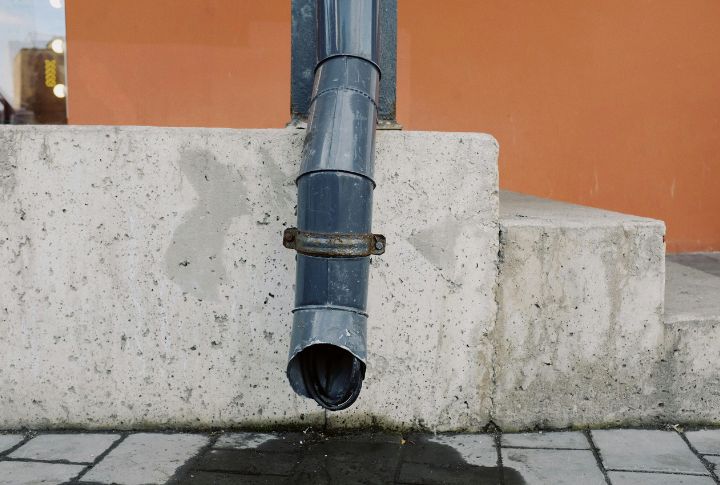
Rusty water, low pressure, or rattling pipes are known to be signs of an outdated plumbing system. Corroded pipes can lead to hidden leaks and water damage inside walls or floors. If the plumbing is old, it’s often not a quick fix, so make sure to assess the condition carefully before committing.
Faulty Electrical Wiring

Flickering lights or outdated outlets are more than just inconvenient—they’re dangerous. Older homes often have wiring systems that can’t handle modern electrical demands. Bare or frayed wires pose a fire hazard, and the cost of replacing old wiring can be substantial. Inspect the electrical setup closely to avoid surprises.
Water Damage in Basements

One sure way to spot basement water damage is by the musty smell or peeling paint. Water that seeps into the basement can weaken the foundation and encourage mold growth. Neglecting this issue may cause structural damage and turn what appears to be a minor fix into a major project.
Uneven or Sloping Floors

It’s easy to overlook uneven floors, but they often point to deeper issues. Significant dips or sloping could indicate a failing foundation or weakened support beams. While some unevenness is common in older homes, noticeable shifts should be carefully examined to ensure you’re not walking into a major repair.
Damaged Siding
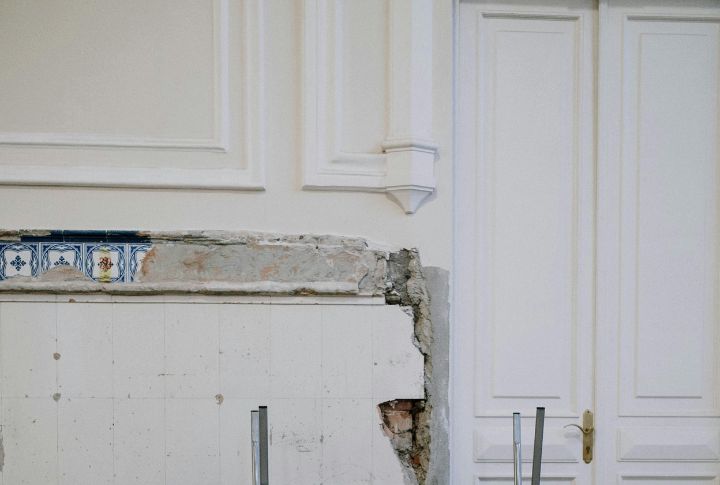
If the home’s siding is cracked, peeling, or rotting, you’re looking at more than just a cosmetic issue. Damaged siding allows water and pests to sneak into the walls, leading to bigger problems like rot or mold. Replacing siding can be a costly project, but it’s vital for protecting the house.
Outdated Windows
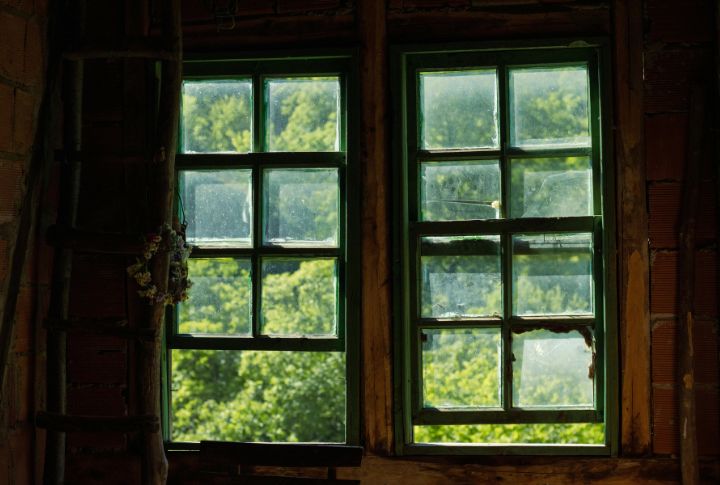
Drafty windows don’t just raise heating bills—they can signal water damage or rotting frames. Hard-to-open windows or condensation between panes suggests it’s time for replacements. Old windows often mean other parts of the home, like insulation, are also outdated, making the house less efficient overall.
Poor Drainage Around the Home

One sign of poor drainage is water pooling near the foundation after rainfall, and starting a drainage plan from scratch can be costly. When water fails to drain away from the house, it can harm the foundation or cause basement flooding. Such a case will add to your expenses down the road.
Failing Retaining Walls
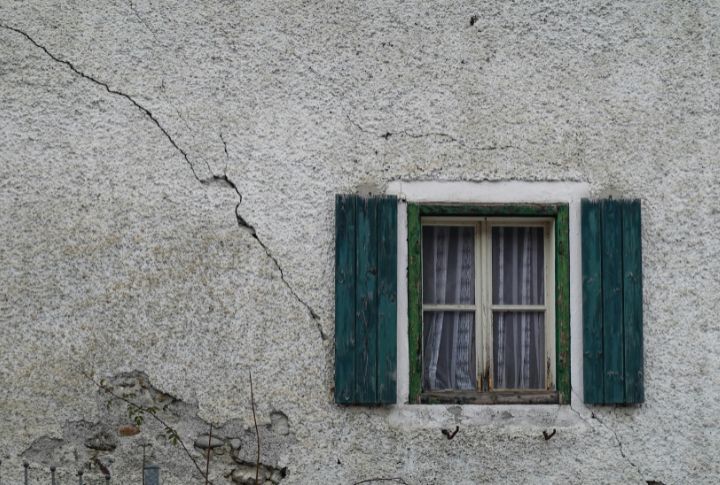
Cracks and bulges in a retaining wall are clear warnings that it’s struggling to do its job. When a wall fails, it can lead to serious erosion or even costly structural damage. Pay attention to any signs of leaning or separation, as repairs can be quite extensive.
Sagging Rooflines
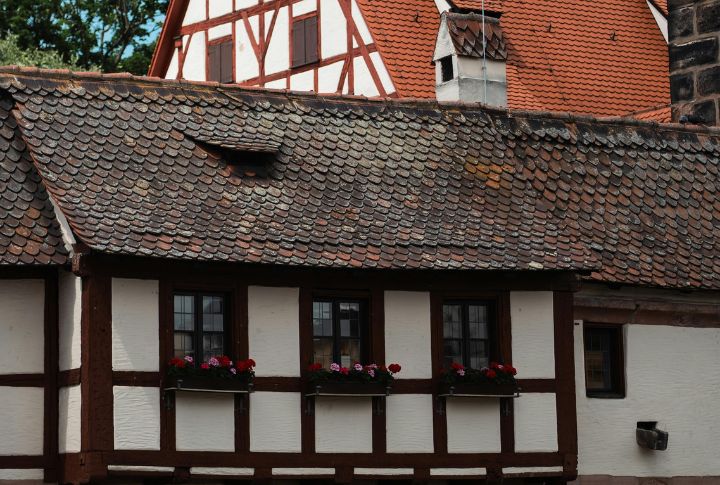
It’s easy to spot a roofline that’s not straight as it will obviously lean on one side and this indicates the structure beneath is struggling with weakened beams or poor construction. This issue needs immediate attention, as ignoring it can result in a collapsed roof that is expensive to repair.
Cracked or Failing Driveways
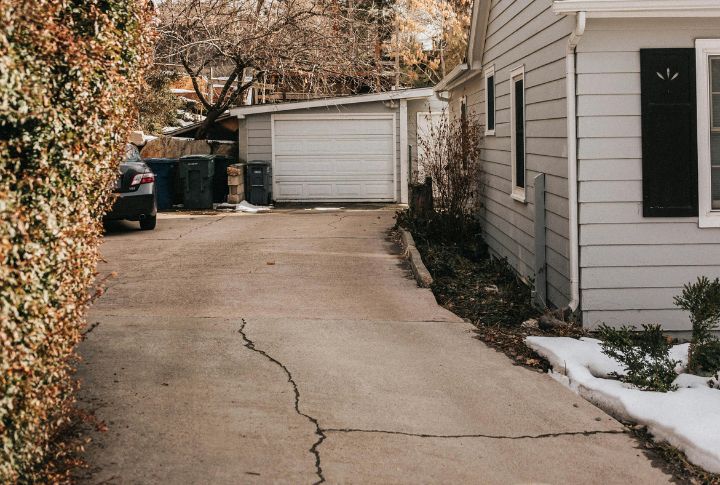
An uneven driveway full of cracks isn’t just unsightly; it can signal deeper problems. Shifting soil or poor drainage beneath the driveway can affect the stability of the entire property, resulting in hefty bills to fix. Cracks that worsen over time may also point to foundation concerns.
Overgrown Trees Close to the Home
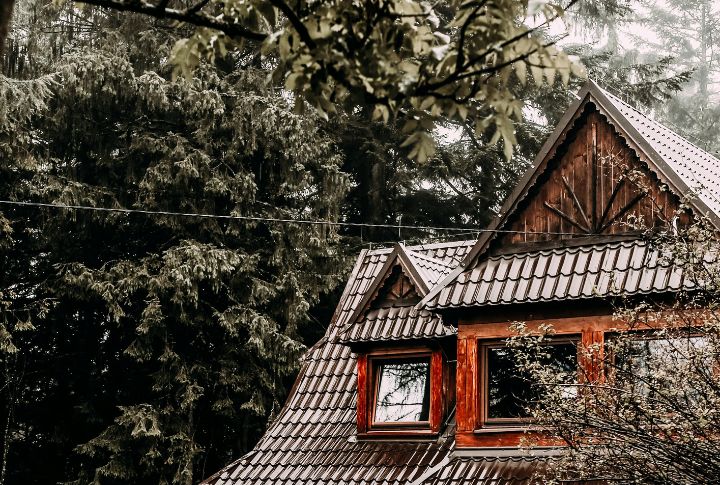
If large trees are growing too close to the house, their roots may cause damage to foundations or sewer lines. Overgrown branches can also pose a risk, potentially falling on the roof during storms. Tree placement matters more than you’d think, and removing them can be expensive if they cause damage.
Rotting Wooden Decks

It’s not uncommon for wooden decks to deteriorate over time, especially if they’re unprotected from the elements. But if they are soft, splintering boards or rusted nails, it’s a clear sign that moisture has weakened the structure. A rotting deck can become a serious safety hazard and it makes it an expensive fix.
Blocked or Broken Sewer Lines
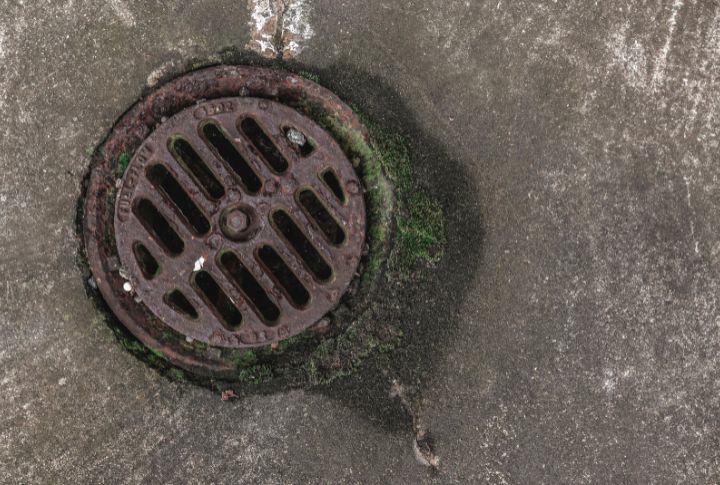
Sewer line problems can sneak up on you and cost a lot if you are not keen. Slow drains or strange odors might point to blockages or breaks underground. Regular inspections can catch this before it turns into a bigger issue. Blocked sewer lines can lead to major damage, making it essential to address these warning signs early.

